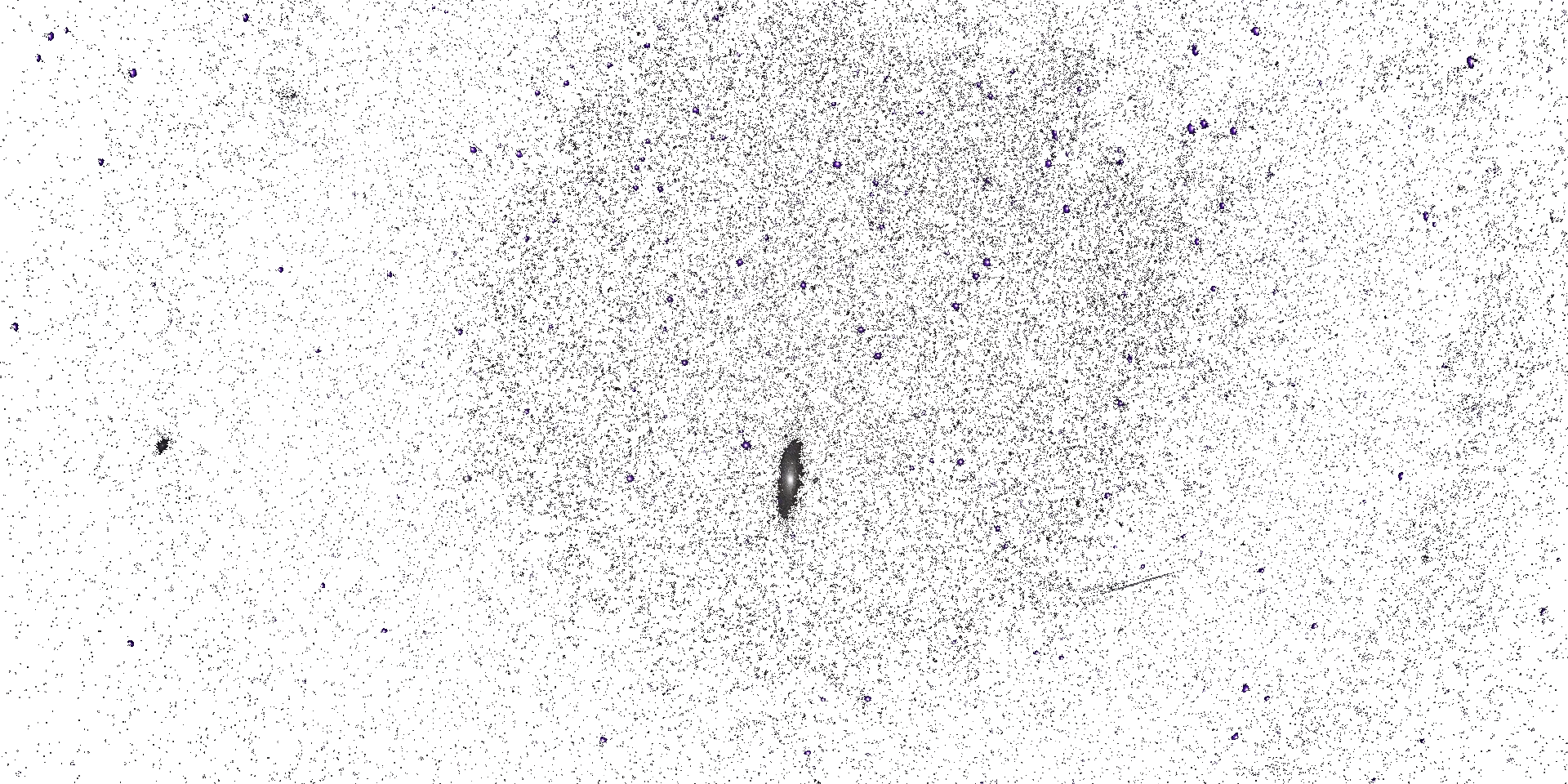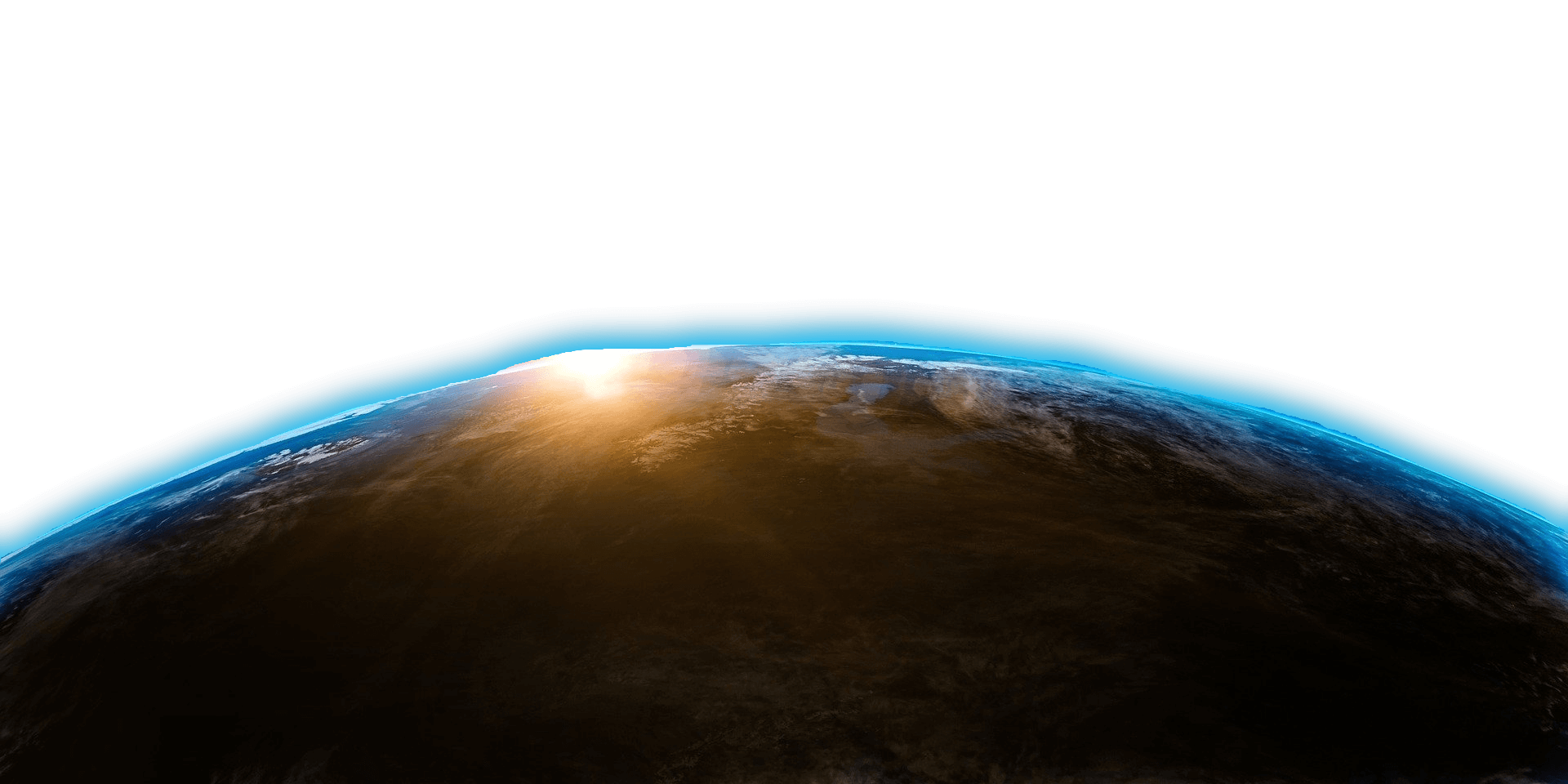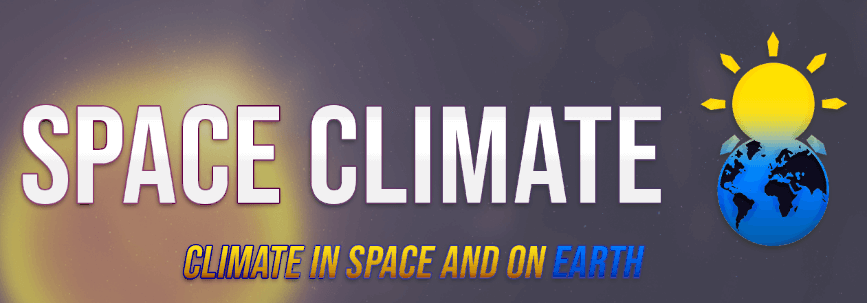




Space Climate 8 Meeting Abstract
Global variations of geomagnetic cutoff rigidity over the past 100 thousand years
Sanja Panovska (GFZ German Research Centre for Geosciences, Potsdam, Germany)
Jiawei Gao (1,2,3)
Monika Korte (1)
1 GFZ German Research Centre for Geosciences, Potsdam, Germany
2 Institute of Geology and Geophysics, Chinese Academy of Sciences, Beijing, China
3 College of Earth and Planetary Sciences, University of Chinese Academy of Sciences, Beijing, China
Earth's magnetic field extends from the core out into space and acts as a shield against cosmic and solar radiation. Geomagnetic cutoff rigidity, the threshold momentum per unit charge a particle needs to reach Earth’s atmosphere, is used to describe the shielding effect of the geomagnetic field. As the geomagnetic field varies significantly in space and time, the shielding varies as well. We studied the global variations of geomagnetic cutoff rigidity over the past 100 thousand years employing data-based geomagnetic field models and trajectory tracing calculations. We used four global models (GGF100k, GGFSS70, LSMOD.2, and CALS10k.2.) in order to provide a combined global record and robust results, including uncertainty estimates. A few excursions, with different intensities and characteristics, happened during the past 100 thousand years. Special attention is given to these events when the field experienced a significant decrease in intensity and large directional deviations, without full polarity reversal. The results show that the non-dipolar field components are important during geomagnetic excursions and have to be considered in the estimation. Over these events, the cosmic ray flux and impact area significantly increase. The long-term cutoff rigidity estimates are useful in a wide range of studies, including the production of cosmogenic isotopes, cosmic ray-induced ionization rates, and radiation doses.
Mode of presentation: poster (Need to be confirmed by the SOC)
